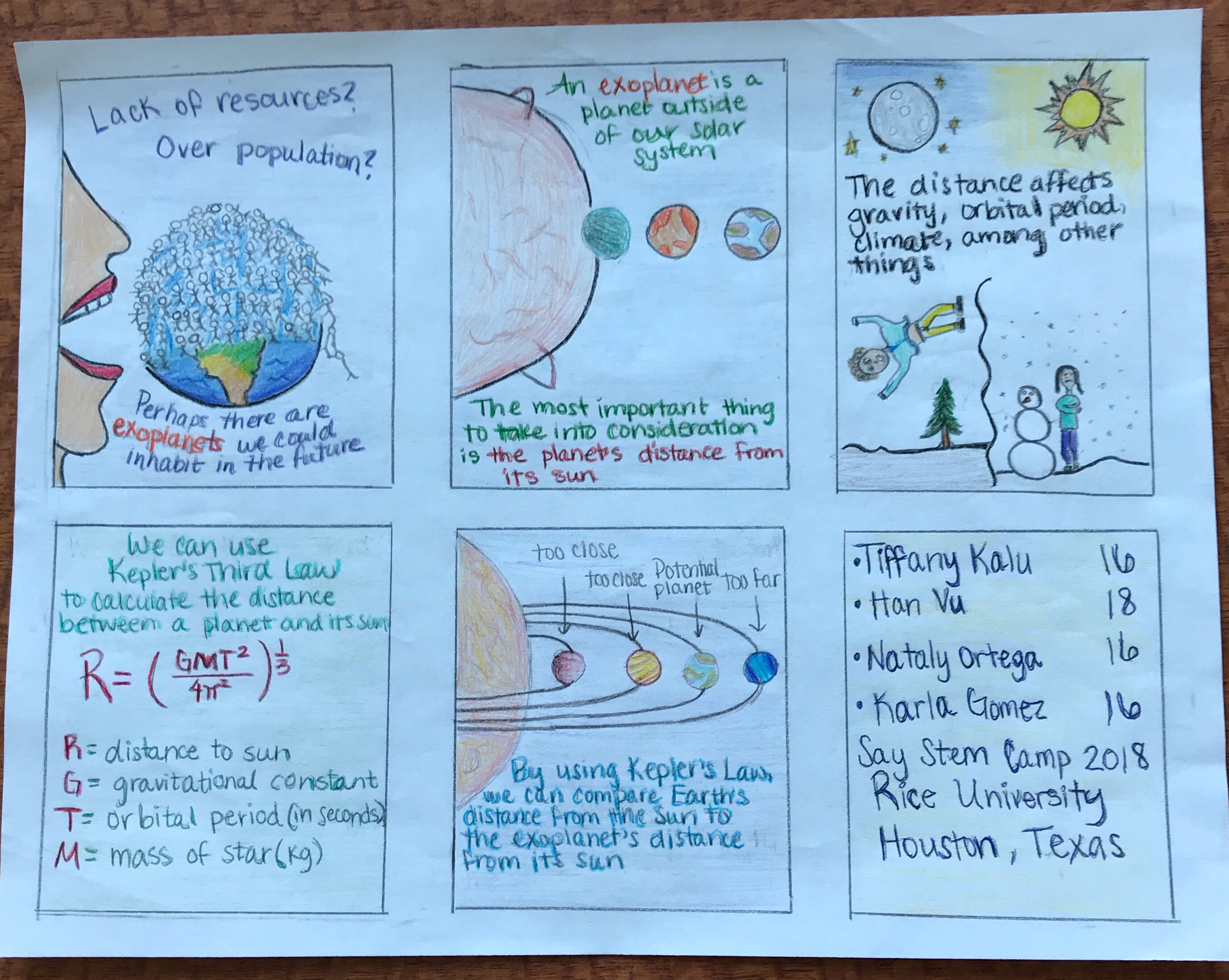30 July 2018
The Message Behind Science
Posted by Shane Hanlon
By Sriparna Saha

Art piece that I had made. Credit: Me
“You are so creative.” I cease to remember the number of times this label has been attached to me. I’ve always had an innate passion towards art but when the time came to choose a profession, I chose to pursue science. Some people m ight argue that science and creativity are disparate entities, but I believe that science is rooted in creativity and runs on imagination.
Creativity in science might appear to be different than creativity in art, but is it really so? Can creativity in itself be held back from seeping in to the various aspects of our lives, even if that aspect is science?
Scientists these days are more aware of the need to communicate science and in fact are resorting to creative measures such as art or even comic illustrations to do so. While it may sound easy, the very task of communicating complexities to people about a particular subject and making it interesting is challenging.
Forget non-scientists, even while talking to scientists outside a particular field, the struggle to come up with explanations and ideas that can be understood easily is real. I have often wondered about the most challenging aspect of science communication.
The answer came to me recently when I had an opportunity to teach at a two-week long STEM Camp. Hosted by Rice University’s Tapia Centre for excellence and equity in the camp high school students learn STEM content and develop skills in both communication and design. Throughout the duration of the camp students are introduced to new research problems and are aided towards the idea of project-based learning.

Graphic Presentation by High School students, explaining how Kepler’s law can be used to locate habitable exoplanets. Credit: Me
The unique aspect of the camp is that students are challenged to present the science they learnt graphically, with primary focus on crafting a clear and simple message. “We want students to be able to explain science concepts so that everyone can understand them” says Dr. Paul Hand, Director of curriculum and instruction for the Tapia Camp.
I was surprised to see high-school students, who had less than three days to understand, craft and deliver the idea behind the projects produce better graphics than their teachers who were stuck to the idea that they belonged to a particular field and hence were limited in their ability to learn.
This experience brought me to an important realization that we too as scientists, are often bogged down by details and intricacies of the science we talk about. We actually end up forgetting that the basic tenet of effective communication is to have a clear message.
If you are still wondering how does creativity fit into this art of effective communication, let me put this clearly that even crafting a simple message requires one to think creatively.
Scientists don’t necessarily need to force themselves to spend time being creative, but a thing to remember for sure is that science communication must be based on the delivery of a simple and clear message. Only then, can all the science we care about make a difference.
-Sriparna Saha is a PhD candidate in the department of Earth, Environmental and Planetary Sciences at Rice University and an AGU Voices for Science Advocate.


 The Plainspoken Scientist is the science communication blog of AGU’s Sharing Science program. With this blog, we wish to showcase creative and effective science communication via multiple mediums and modes.
The Plainspoken Scientist is the science communication blog of AGU’s Sharing Science program. With this blog, we wish to showcase creative and effective science communication via multiple mediums and modes.